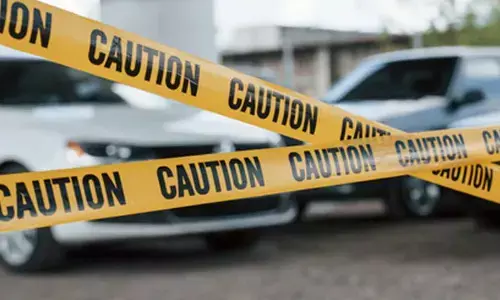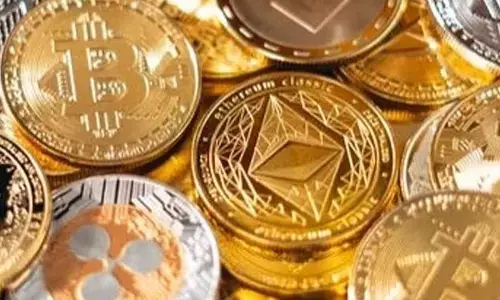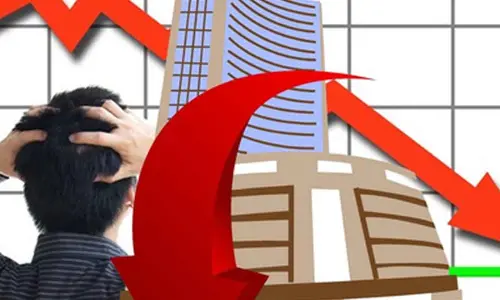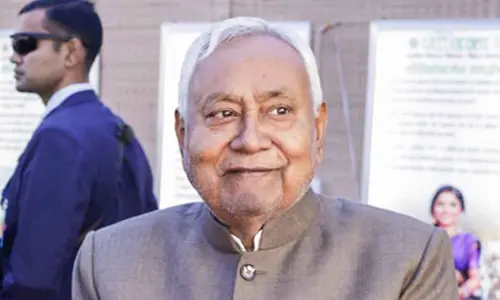Anantapur: Soapstone fetching huge foreign exchange for country
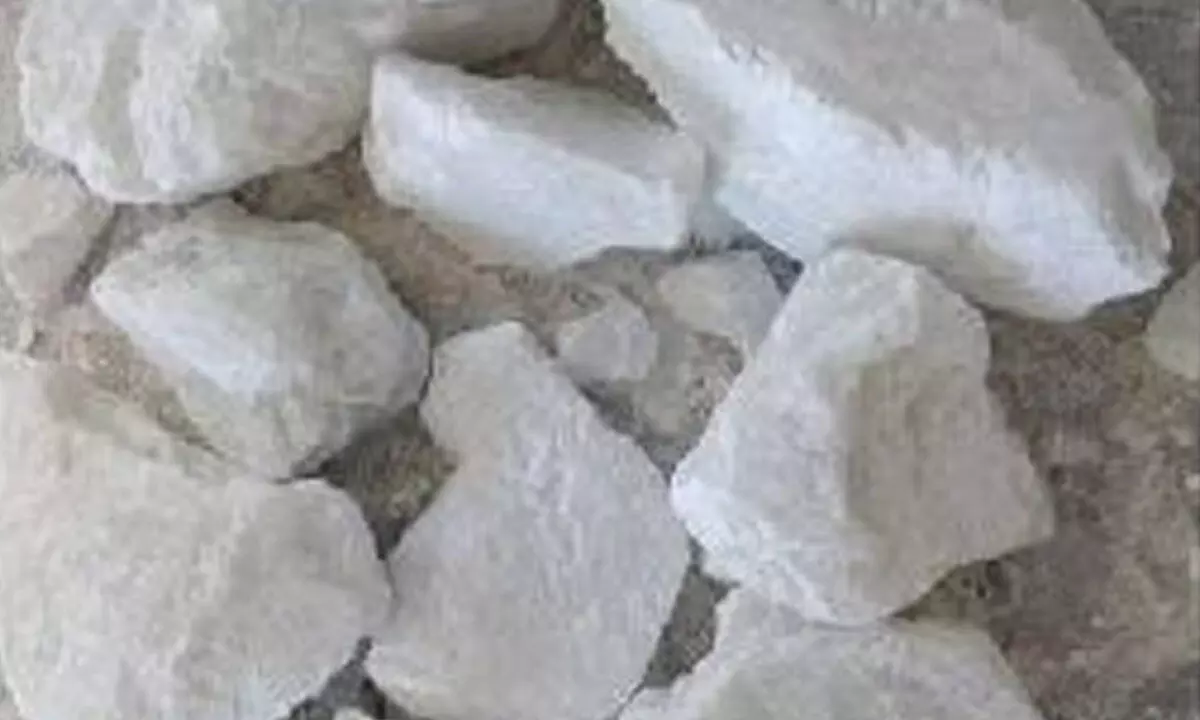
File photo of soapstone in Tadipatri
- lChamber of Commerce president P Seshanjaneyulu says there is huge demand for soapstone world over and is the principal raw material for cosmetic industry, sculptures and soap making industry
- In Rayalaseema districts alone, eight million tonnes of soapstone deposits are available
Anantapur: Soapstone lump reserves are abundantly available in Kadapa, Kurnool, Chittoor and Anantapur districts of Rayalaseema region. Talking to The Hans India on Sunday, Chamber of Commerce president P Seshanjaneyulu said that soapstone was in huge demand world over and is the principal raw material for cosmetic industry, sculptures and soap making industry. The top 5 trading partners of India are Republic of Korea (3.97 USD Million), USA (1.57 USD Million), Netherlands (1.446 USD), Italy (1.23 USD Million, Slovenia (0.84 USD Million). The total export value of soapstone lumps in these countries is 9.07 USD Million. These top 5 countries account for over 78.26 per cent of the total soapstone lumps export from India. Korea imports largest quantity of lump stone from India. While lion's share is contributed by Rajasthan, Tadipatri in AP contributes substantially to exports.
Korea imported 3.97 million soapstones between April to November in 2020-21. He added soapstone exports from India was fetching huge foreign exchange earnings for the country. The rocks in Tadipatri are part of the lower Kadapa supergroup. The raw material dubbed as 'soapstone' is widely used in cosmetics, soap making, refractories, sculptures, toothpastes, chewing gums and in a host of other products. In Rayalaseema districts alone, eight million tonnes of soapstone deposits are available and they are being supplied to a host of industries in Hyderabad, Bengaluru and Krishnapatnam and other seaports in coastal districts. Many leaders of parties have stakes in multi-million-dollar industry. About 10-15 loads of soapstone raw material is transported every day from Anantapur district alone and the Rayalaseema districts account for transporting 1,000 lorries of the most sought-after raw material every month.
Soapstone is a metamorphic rock. There are two different materials popularly called soapstone. The first being talc, the softest mineral on earth, mostly used in the manufacturing of cosmetics, refractory materials, sculptures, and everyday items such as toothpaste, baby powder and even chewing gum. The rock steatite (also called soapstone) is the material used for countertops, sinks, masonry heaters, flooring, and many other architectural applications. Steatite was also used to 'coat' the famous 'Christ the Redeemer' statue in Rio de Janeiro, Brazil.









